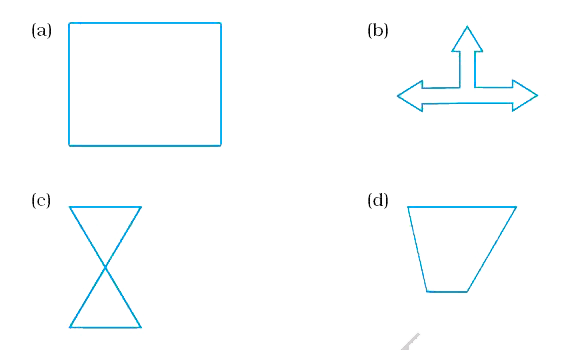Which of the following would show pentaradial symmetry and have a calcareous endoskeleton made up of ossicles ?
Mollusca
Annelida
Arthropoda
Echinodermata
The correct Answer is:D
To solve the question of which organism shows pentaradial symmetry and has a calcareous endoskeleton made up of ossicles, we will analyze the characteristics of the given options step by step.
Step 1: Understand the concept of symmetry
- Pentaradial symmetry means that the organism can be divided into five equal parts around a central axis. This type of symmetry is commonly found in certain marine organisms.
Hint: Look for organisms that can be divided into five equal parts when considering their body structure.
Step 2: Identify the endoskeleton type
- An endoskeleton is an internal skeleton that provides support and structure to the organism. In this case, we are looking for a calcareous endoskeleton made up of ossicles, which are small, calcified structures.
Hint: Focus on organisms known for having a calcareous structure or skeleton.
Step 3: Analyze the options
1. Mollusca: These organisms have a hard outer shell and soft bodies. They do not exhibit pentaradial symmetry; instead, they generally show bilateral symmetry.
Hint: Remember that mollusks have shells but do not have pentaradial symmetry.
2. Annelida: Annelids (like earthworms) are cylindrical and exhibit bilateral symmetry. They do not have an endoskeleton made of ossicles.
Hint: Annelids are segmented and bilaterally symmetrical, which disqualifies them from being the answer.
3. Arthropoda: Arthropods (like insects and crustaceans) have a chitinous exoskeleton and also exhibit bilateral symmetry. They do not have a calcareous endoskeleton made of ossicles.
Hint: Arthropods have an exoskeleton and bilateral symmetry, not pentaradial.
4. Echinodermata: Echinoderms (like starfish and sea urchins) exhibit pentaradial symmetry in their adult forms. They have a calcareous endoskeleton made up of ossicles and are characterized by their unique water vascular system.
Hint: Echinoderms are known for their pentaradial symmetry and calcareous ossicles.
Step 4: Conclusion
Based on the analysis, the organism that shows pentaradial symmetry and has a calcareous endoskeleton made up of ossicles is Echinodermata.
Final Answer: Echinodermata (Option 4)
- Pentaradial symmetry means that the organism can be divided into five equal parts around a central axis. This type of symmetry is commonly found in certain marine organisms.
- An endoskeleton is an internal skeleton that provides support and structure to the organism. In this case, we are looking for a calcareous endoskeleton made up of ossicles, which are small, calcified structures.
1. Mollusca: These organisms have a hard outer shell and soft bodies. They do not exhibit pentaradial symmetry; instead, they generally show bilateral symmetry.
Hint: Remember that mollusks have shells but do not have pentaradial symmetry.
Hint: Annelids are segmented and bilaterally symmetrical, which disqualifies them from being the answer.
Hint: Arthropods have an exoskeleton and bilateral symmetry, not pentaradial.
Hint: Echinoderms are known for their pentaradial symmetry and calcareous ossicles.
Based on the analysis, the organism that shows pentaradial symmetry and has a calcareous endoskeleton made up of ossicles is Echinodermata.
Topper's Solved these Questions
Similar Questions
Knowledge Check
Which of the following would have oxysomes:
AmitochondriaBperoxisomesCribosomesDnucleusWhich of the following animals' body shows bilateral symmetry ?
AStarfishBJellyfishCEarthwormDSpongeWhich of the following animals' body shows bilateral symmetry?
AStar fishBJelly fishCEarthwormDSponge
Which of the following does not have centre of symmetry?
View SolutionWhich of the following does not have a line of symmetry?
View SolutionWhich of the following compounds have plane of symmetry?
View SolutionWhich of the following compounds have plane of symmetry?
View SolutionWhich of the following is not an ear ossicle?
View Solution

